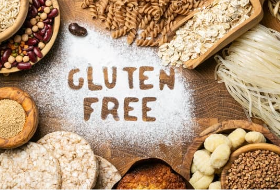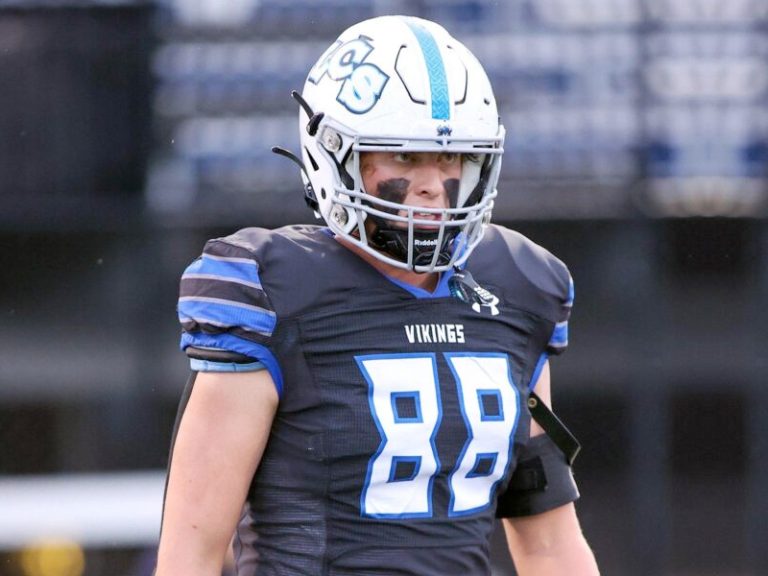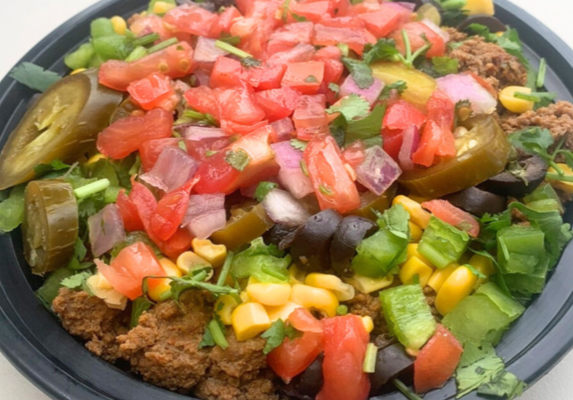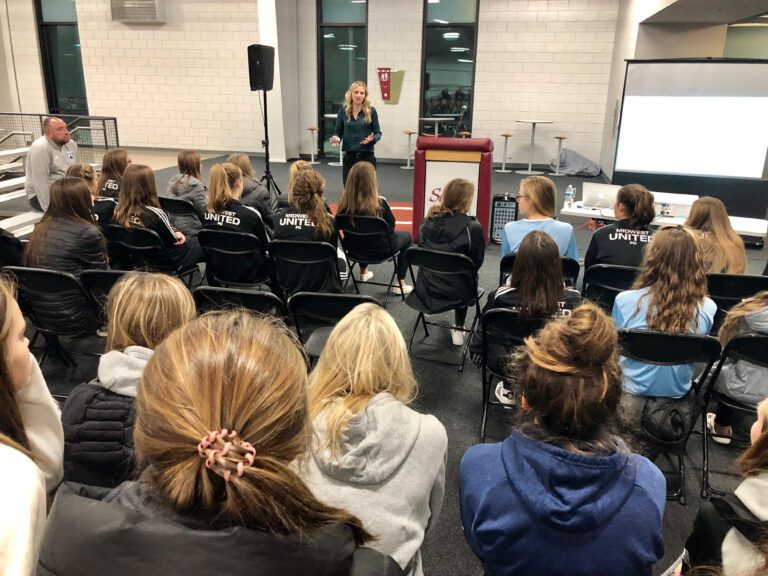
A Complete Guide to Healthy Eating Out For Student Athletes and Adults
Wendi unpacks the ultimate student-athlete's guide to healthy eating on-the-road, at fast food, at a sit-down restaurant, and also the gas station eats!



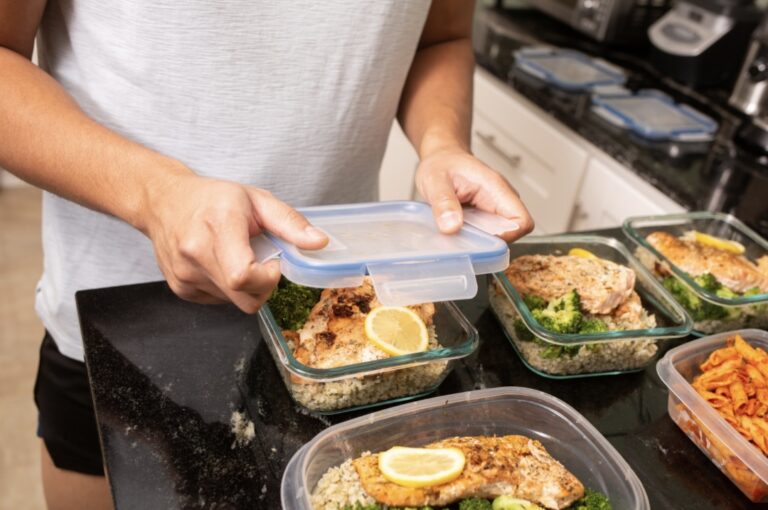
For athletes, proper nutrition is the cornerstone of peak performance. Whether you’re a student athlete, seasoned competitor, or a weekend warrior, meal prepping can be a game-changer when it comes to meeting your nutritional needs. Here are five key tips…

Amenorrhea & Athletes: 3 Tips For Females to Get Their Period Back Relative energy deficiency in sport (RED-S) is the consequence of low-energy availability (LEA) in athletes, adversely affecting an athletes’ performance and health. RED-S can occur in both…
